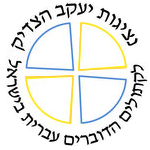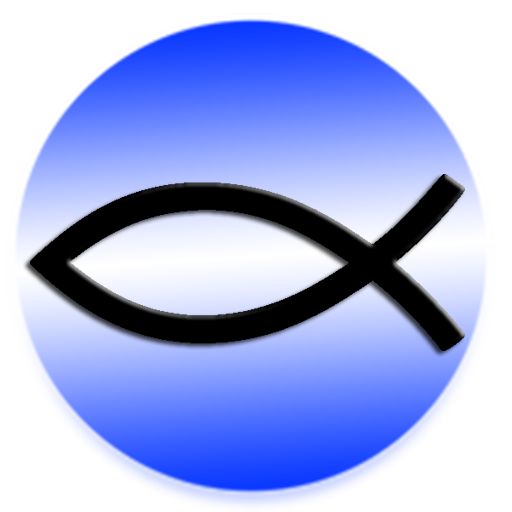Ash Wednesday
On this day, believers approach the altar where the priest sprinkles ashes on their heads or marks the sign of the cross with the ashes on the forehead. As he does this he says: "Turn away from sin and be faithful to the Gospel" or "Remember, you are dust and to dust you will return". Traditionally, the source of the ashes is the palms that were used on the previous Palm Sunday (the commemoration of Jesus' entry into Jerusalem, at the beginning of Holy Week).

The sign of ashes as a sign of repentance that accompanies fasting is derived from the Scriptures of the people of Israel. Ashes on the head are mentioned in 2Samuel 13:19, Esther 4:1 and Daniel 9:3. In the Book of Jonah the king of Nineveh and all his people sit in ashes as they repent. One of the readings from this day (Joel 2:12-18) reminds the one beginning the fast of repentance: "Rend your hearts and not your clothing. Return to the LORD, your God, for he is gracious and merciful" (Joel 2:13).
In the Gospel according to Saint Matthew, Jesus teaches about fasting, saying: "And whenever you fast, do not look dismal, like the hypocrites, for they disfigure their faces so as to show others that they are fasting. Truly I tell you, they have received their reward. But when you fast, put oil on your head and wash your face, so that your fasting may be seen not by others but by your Father who is in secret; and your Father who sees in secret will reward you" (Matthew 6:16-18).
(In various places in the Catholic world the days before the fast are known as Carnival - literally, the last chance to eat meat).












 Feast of Saint Mark – April 25
Feast of Saint Mark – April 25 Year B, Palm Sunday
Year B, Palm Sunday Feast of Saint Joseph - March 19
Feast of Saint Joseph - March 19